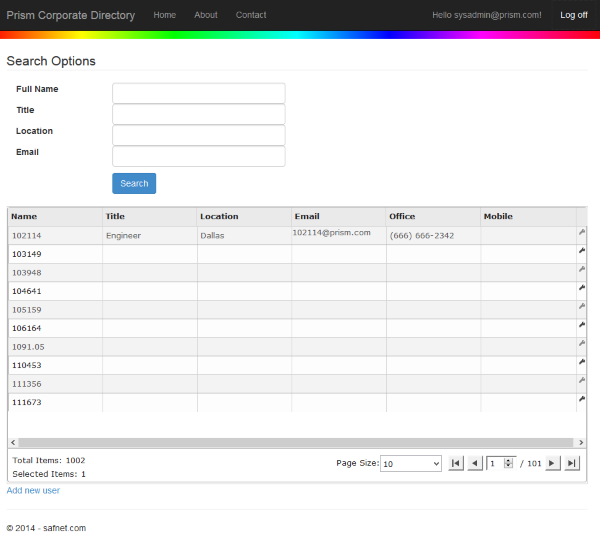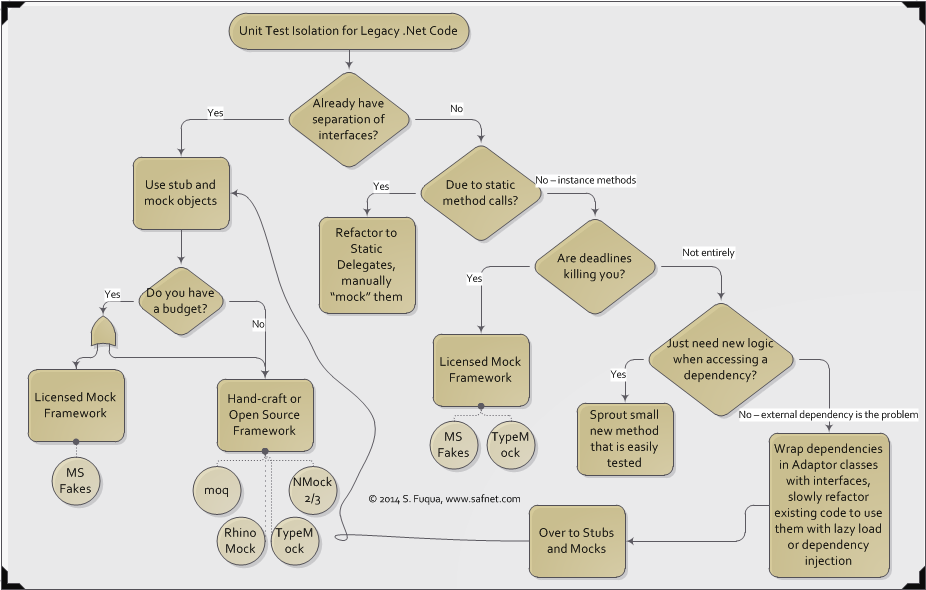Desiring to learn about both Node.js (particularly as an API server) and ASP.Net
Web API, I decided to throw one more technology in the mix and see which one is
faster at relaying messages to a service bus, namely, RabbitMQ. Naturally, such
a test does nothing to prove that one framework is generally faster than the
other, but it is a fun exercise nonetheless.
Thus the challenge is this: accept a string message via POST, forward it to the
service bus, and return HTTP Status Code 202 (Accepted) along with an
acknowledgment that repeats the original message. Both REST services should be
self-hosted; free from additional cruft like error-handling*; and should utilize
an url like http://localhost:port/Message/mymessage, where "mymessage" is the
string to be sent across the bus.


